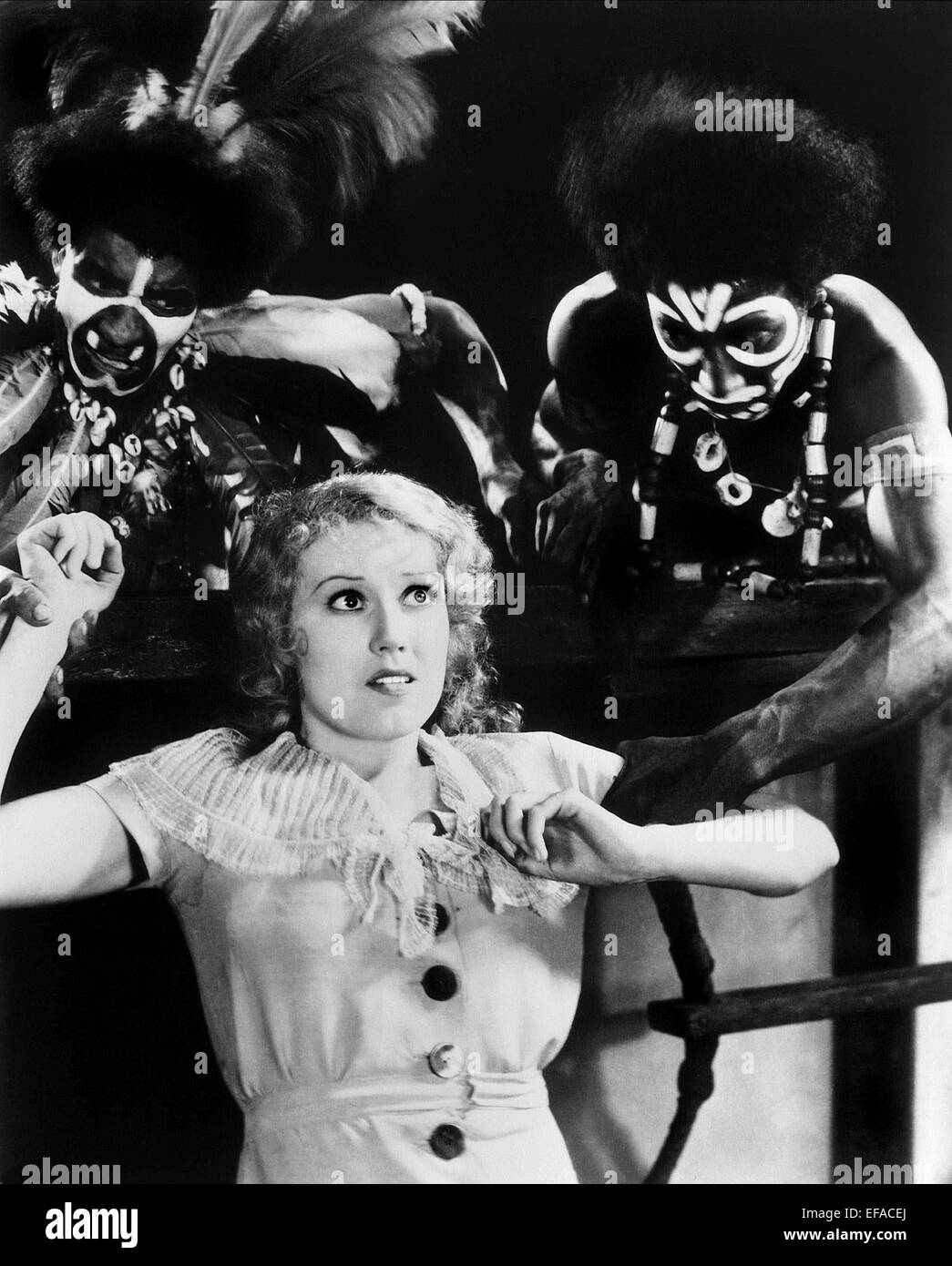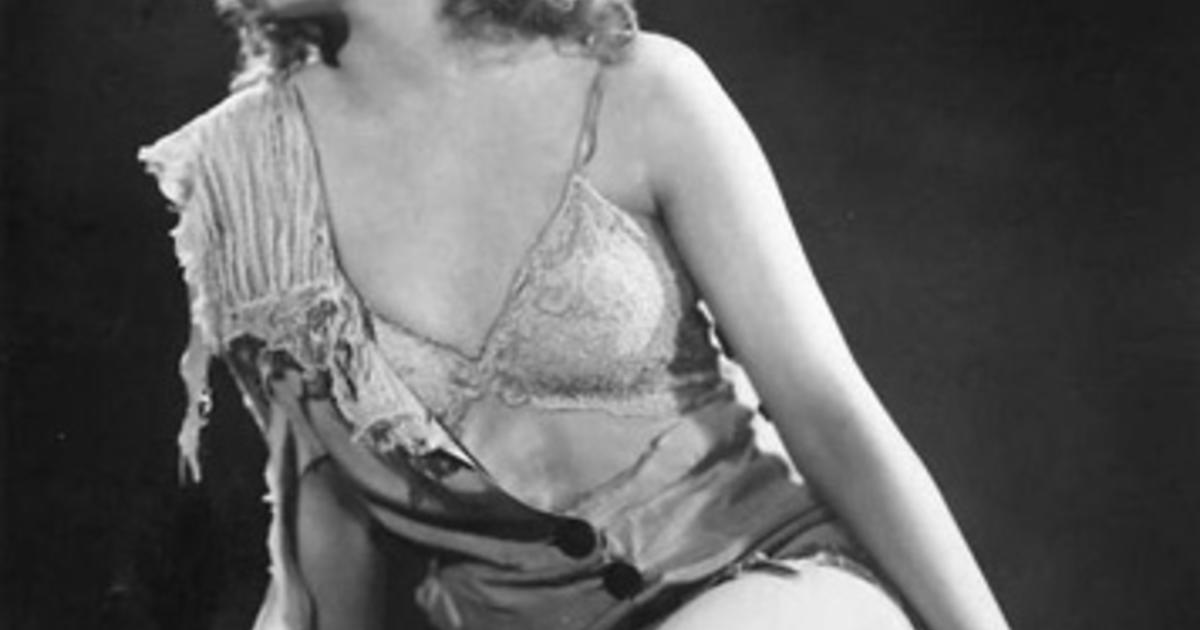

I would have enjoyed this book more if there had been more personal information about the folks involved in making each of the films.What I tired of was the technical information about each and every scene in each and every film. The downside to this book was all the details about each of the Kong movies. The upside to this book was all the details about each of the Kong movies. They even made wine available for her.I enjoyed this history of the King Kong films. When she returned to Cardston for celebrations in her honor, the leaders of that Latter-day Saint town welcomed her warmly, but also considered her to be non-LDS. Fay left Utah for California in 1921 when she was only fourteen."Įven in her youth, Fay Wray considered herself a non-member, growing up among Latter-day Saints. Her family moved to Arizona when she was only three-years-old and then to Salt Lake City when she was five. Wray was born on September 15th, 1907, at Cardston, Alberta. Fay Wray lived in three different predominantly Mormon cities while growing up, before moving to Hollywood: Cardston, Alberta Mesa, Arizona and Salt Lake City, Utah. By the time Fay was born, her mother was no longer a churchgoer.

Despite her Mormon ethnicity and family background, Wray herself was not a baptized member of the Church. Some further information, from Wray's detailed autobiography On the Other Hand and FactsCanada.ca:

#Fay wray king kong series
She even did some television work, co-starring with Paul Hartman and Natalie Wood in the TV series "The Pride of the Family" (1953-54).

Wray retired from acting during most of the 1940s, but returned a decade later as a serious character actor, appearing in such major studio films as Queen Bee (1955) and Crime of Passion (1957). Some of her best acting, in even more challenging (although less special effects-driven) roles came after King Kong, as she starred in films such as Affairs of Cellini, Viva Villa!, The Richest Girl in the World and The Captain Hates the Sea. The Mormon actress was a Hollywood leading lady in the truest sense, on and off the screen, and one of the most successful actresses to make the transition from the silent era to "talkies." Prior to King Kong, Wray was the leading lady in other classic (but less remembered) horror films, such as Mystery of the Wax Museum, Vampire Bat and Doctor X. But it is unfortunate her other work is sometimes overshadowed. Wray's autobiography makes it clear that she was at peace with being remembered so singularly for this role. (Even fewer people remember the name of Wray's character in the film: Ann Darrow.) But there is no denying that when most people think of King Kong today, the human name that comes to mind is Fay Wray, not Jessica Lange. Jessica Lange even received a Golden Globe in the lead role. The film actually won an Academy Award for visual affects, and received two Oscar nominations - for cinematography and sound. The 1976 remake of King Kong isn't really as bad as some purists maintain. In 1988 the American Film Institute ranked King Kong #43 on its list of 100 Greatest Films in American film history. The film's ground-breaking special effects and archetypal appeal have influenced generations of filmmakers and audiences, and King Kong is now rivaled only by Godzilla for the title of world's most popular giant monster. Fay Wray: Mormon actress, star of "King Kong" Fay Wrayįay Wray's name has entered into popular culture as the screaming leading lady who stole King Kong's heart in the 1933 classic film.


 0 kommentar(er)
0 kommentar(er)
